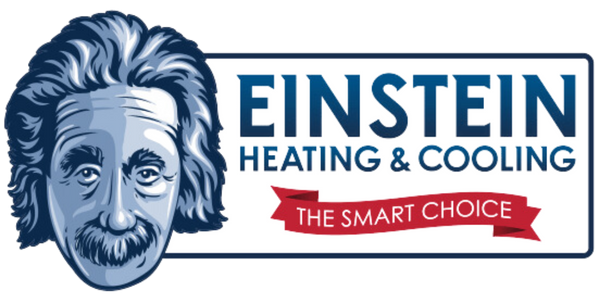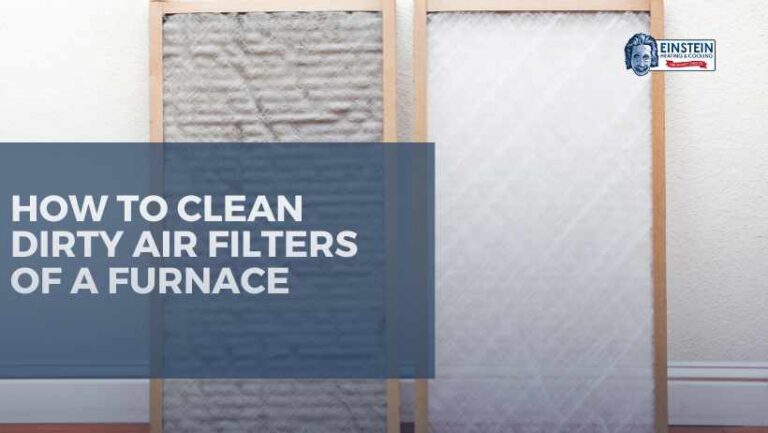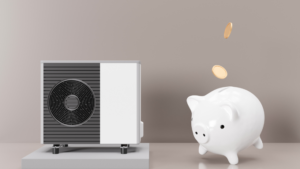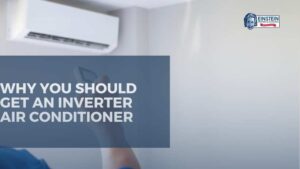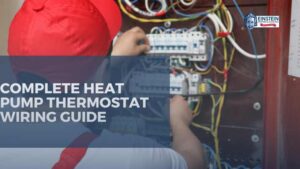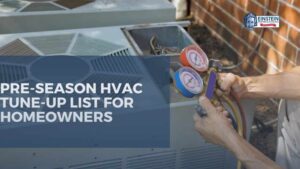When it comes to home maintenance, one crucial element that often goes overlooked is the furnace’s air filter. A dirty air filter can have far-reaching consequences for your home’s heating system, energy efficiency, and even your health. In this comprehensive guide, we will explore the various aspects of a dirty air filter, shedding light on its implications and the importance of regular maintenance.
Understanding the Dirty Air Filter
What is a Dirty Air Filter?
A dirty air filter refers to a filter that has accumulated an excessive amount of dust, dirt, and other particles over time. The primary purpose of the air filter is to trap these particles, preventing them from circulating through the heating system and entering your living spaces.
Causes of a Dirty Air Filter
Lack of Regular Replacement
Neglecting to replace the air filter at recommended intervals is a common cause of dirt buildup. Over time, the filter becomes less effective at trapping particles, leading to a dirty air filter.
High Levels of Indoor Dust and Pollutants
Homes with high levels of dust, pet dander, and pollutants may experience a faster rate of air filter contamination. Regular cleaning and maintenance are essential in such environments.
Consequences of a Dirty Air Filter
Reduced Energy Efficiency
A dirty air filter hampers the efficiency of your furnace by obstructing the airflow. This restriction forces the heating system to work harder to maintain the desired temperature, resulting in increased energy consumption and higher utility bills.
Diminished Heating Performance
Uneven Heating
A clogged air filter can lead to uneven distribution of heat throughout your home, leading to HVAC maintenance. Some rooms may be warmer than others, creating discomfort for occupants.
Longer Heating Cycles
The furnace may experience longer heating cycles as it struggles to push air through the obstructed filter. Prolonged heating cycles increase energy consumption and contribute to wear and tear on the system.
Impact on Indoor Air Quality
Recirculation of Contaminants
A dirty air filter allows trapped particles to circulate back into the indoor air. This can exacerbate allergies, respiratory issues, and other health concerns, especially for individuals with sensitivities.
Growth of Mold and Bacteria
Cleaning a furnace can be difficult. Moisture trapped in a dirty filter can create an environment conducive to the growth of mold and bacteria. This poses health risks and can result in foul odors circulating through the heating system.
Signs of a Dirty Air Filter
Increased Energy Bills
One noticeable sign of a dirty air filter is a sudden spike in energy bills. The reduced efficiency forces the furnace to work harder, consuming more energy to achieve the desired temperature.
Uneven Heating
Cold Spots
If certain areas of your home consistently feel colder than others, it could be a sign of a dirty air filter restricting the airflow.
Inconsistent Temperature
Inconsistencies in temperature from room to room may indicate a compromised heating system, often caused by a clogged air filter.
Strange Noises from the Furnace
A dirty home air filter can cause the furnace to produce unusual sounds, such as rattling, whistling, or banging. These noises may result from the strain on the system as it attempts to push air through the obstructed filter.
Longer Heating Cycles
Another clear indicator of a dirty air filter is prolonged heating cycles. When the filter is clogged, the furnace takes longer to reach the set temperature, as the restricted airflow hinders the heating process.
Reduced Airflow
If you notice weaker airflow coming from your vents, it could be a consequence of a dirty air filter. The accumulated dust and debris restrict the passage of air, leading to diminished airflow throughout your heating system.
Increased Dust in Your Home
A dirty home air filter not only affects your heating system but can also contribute to an increase in dust within your home. As the filter becomes congested, it fails to trap airborne particles effectively, allowing them to circulate and settle in your living spaces.
Allergies or Respiratory Issues
For individuals with allergies or respiratory conditions, dirty air filters can exacerbate symptoms. When the filter is clogged, it fails to capture allergens and pollutants, allowing them to circulate freely in the air and potentially aggravate respiratory problems.
Unpleasant Odors
A musty or unpleasant odor emanating from your heating system can be a consequence of a dirty air filter. The trapped particles in the filter can produce odors as they accumulate over time, impacting the quality of air circulating in your home.
Visual Inspection
Performing a visual inspection of the air filter is a straightforward way to identify its cleanliness. If the filter appears visibly dirty or clogged with dust and debris, it’s a clear sign that it needs replacement.
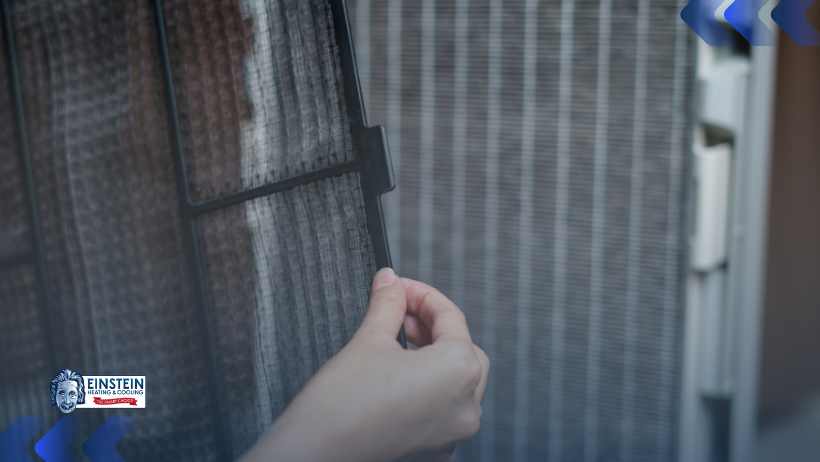
Prevention and Maintenance Tips
Regular Air Filter Replacement
Frequency
Follow the manufacturer’s recommendations for the frequency of air filter replacement. Typically, it is advisable to replace the filter every 1-3 months, but this may vary based on the type of filter and usage.
Choosing the Right Filter
- Select a filter with the appropriate MERV (Minimum Efficiency Reporting Value) rating for your furnace. Using the right filter ensures effective particle capture without placing unnecessary strain on the system.
Routine Inspection
Regularly inspect the air filter for signs of dirt and contamination. Visual checks can help identify issues early, allowing for timely replacement and maintenance.
Professional HVAC Maintenance
Schedule annual or bi-annual HVAC maintenance with a qualified HVAC technician. Professional inspection and cleaning can prevent potential issues, including dirty air filters, and ensure the optimal performance of your heating system.
Vacuuming the Filter
Procedure:
- Turn off the furnace before attempting any maintenance.
- Remove the air filter carefully.
- Gently vacuum both sides of the filter using a soft brush attachment.
- Ensure all visible dust and debris are removed.
- Reinstall the filter once it is completely dry.
Frequency:
- Use this method as a temporary solution between regular replacements.
- Do not solely rely on vacuuming; regular replacement remains crucial for optimal performance.
Washing the Filter
Procedure:
- Turn off the furnace and carefully remove the filter.
- Rinse the filter with lukewarm water, avoiding the use of harsh chemicals.
- Allow the filter to air dry completely before reinstalling it.
Caution:
- Not all filters are washable – check the manufacturer’s guidelines.
- Ensure the filter is thoroughly dry before placing it back into the furnace.
Choosing the Right Air Filter
MERV Ratings
Understanding MERV:
- MERV ratings range from 1 to 16, indicating a filter’s efficiency in trapping particles.
- Choose a filter with a MERV rating that aligns with your specific needs and furnace requirements.
Considerations:
- Higher MERV ratings offer better filtration but may restrict airflow.
- Strike a balance between filtration efficiency and the impact on the HVAC system.
Filter Material
Fiberglass Filters:
- Economical and disposable.
- Suitable for basic filtration needs but may not capture smaller particles effectively.
Pleated Filters:
- Greater surface area for trapping particles.
- Effective for homes with pets or higher levels of dust.
HEPA Filters:
- High-efficiency filters capture even smaller particles.
- Ideal for those with allergies or respiratory conditions.
DIY Cleaning Tools and Safety Precautions
When engaging in DIY cleaning for your dirty home air filter, it’s crucial to have the right tools and prioritize safety. Here are some recommended tools and precautions:
Tools for Cleaning
- Screwdriver (if needed to access the filter)
- Vacuum cleaner with nozzle attachment
- Compressed air canister
- Mild detergent (for washable filters)
- Soft brush or cloth (for delicate filters)
Safety Precautions
- Always turn off your furnace before attempting to start a furnace repair.
- Wear gloves to protect your hands from any accumulated dirt or debris on the filter.
- Work in a well-ventilated area when using compressed air to avoid inhaling particles.
Checking and Adjusting Air Filter Size
Before cleaning or replacing your air filter, it’s crucial to ensure you have the right size. A filter that doesn’t fit properly can allow dust and contaminants to bypass the filter, defeating its purpose. Follow these steps:
Check the Current Size
Look for the filter size printed on the frame or consult your furnace’s user manual. The size is typically expressed in inches, indicating the length, width, and thickness of the filter.
Purchase the Correct Size
When buying a replacement filter, make sure to match the dimensions precisely. Consider purchasing multiple filters to have on hand for future replacements.
Adjust the Filter Rack
If you find the current filter size is incorrect, consult your furnace’s manual to determine if the filter rack can be adjusted to accommodate the correct size.
Long-Term Effects of Neglecting a Dirty Air Filter
Impact on Furnace Lifespan
Increased Wear and Tear:
- A clogged filter forces the furnace to work harder, leading to increased wear on components.
- Regular filter replacements can contribute to the longevity of your heating system.
Financial Consequences
Repair Costs:
- Neglecting a dirty air filter may result in damage to the blower motor or other furnace components.
- Repairing or replacing these parts can be expensive.
Higher Utility Bills:
- Reduced efficiency due to a dirty filter translates to higher energy consumption and increased utility bills.
- Investing in regular furnace maintenance is a cost-effective approach in the long run.
Environmental Impact
Energy Consumption
Carbon Footprint:
- Increased energy consumption contributes to a higher carbon footprint.
- Regular maintenance, including air filter replacement, helps reduce environmental impact.
The Role of Homeowners in Air Filter Maintenance
Awareness and Education
Educating Household Members:
- Ensure everyone in your home understands the importance of a clean air filter.
- Encourage a collective effort to maintain a healthy indoor environment.
Establishing a Maintenance Routine
Calendar Reminders:
- Set reminders for regular air filter checks and replacements.
- Establishing a routine fosters a proactive approach to HVAC maintenance.
Conclusion
A dirty air filter is more than just a minor inconvenience. By understanding the causes, consequences, and signs of a dirty air filter, homeowners can take proactive steps to prevent issues and ensure the longevity of their furnaces. Regular maintenance, timely replacement, and professional assistance from the experts at Einstein Heating and Cooling are key to keeping your heating system running smoothly and your indoor environment healthy.
